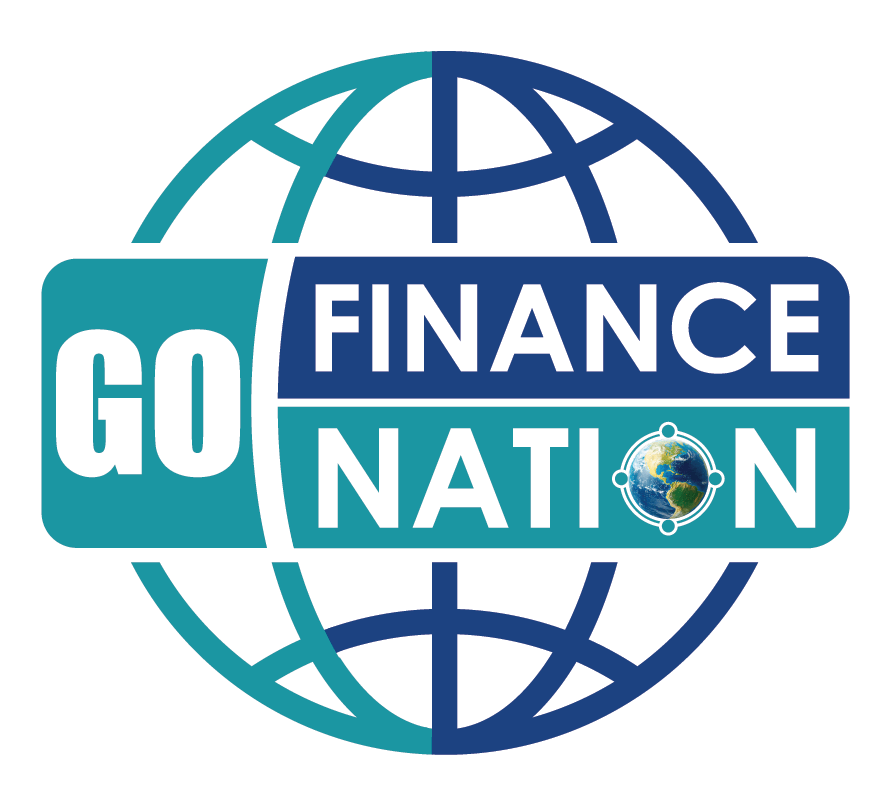Using Canadian Banking Apps to Actually Save Money in 2025

From AI budgeting to cash-back tracking, Canadian banking apps are turning everyday spending into smarter saving.
Canadians Are Turning to Banking Apps to Fight Inflation — And It’s Actually Working
As living costs rise and household budgets tighten across Canada in 2025, one unexpected ally is emerging in the fight to save money: Canadian banking apps. From TD MySpend to RBC’s NOMI Insights and Neo Financial’s cash-back tracker, digital banking tools are no longer just for checking balances—they’re actively helping Canadians save.
With more users seeking smarter ways to manage finances amid soaring grocery prices, rent hikes, and interest rates, these apps are offering a lifeline—through automation, insights, and even micro-saving features.
The Digital Wallet Evolution: What Led to This Shift?
This surge in app-driven money management is more than just tech hype—it’s grounded in need. The Bank of Canada’s recent reports show Canadians are carrying higher levels of household debt than ever before. As inflation rates hovered above 3% for much of early 2025, financial stress has pushed users to demand more from their banks.
Legacy institutions responded. RBC introduced NOMI Find & Save, which uses AI to analyze spending patterns and automatically move spare change into savings. Meanwhile, CIBC and TD revamped their mobile platforms to include budgeting visuals, categorization of expenses, and personalized saving tips.
Fintechs like Koho and Wealthsimple Cash have also pushed the envelope, with real-time spending alerts, instant round-ups, and no-fee savings accounts—all tailored to younger, digital-native users.
Read more: Why BC’s Housing Market Is So Unique: History, Geography, and Demand Explained
What Experts Say: Smart Tech Meets Smart Spending
Financial experts agree this trend isn’t just convenience—it’s strategy.
“Behavioral economics shows that when people see where their money is going in real-time, they’re more likely to make mindful decisions,” says Dr. Lila Chambers, a personal finance researcher at the University of Toronto.
Recent surveys by Ipsos Canada found that:
- 62% of Canadians now use banking apps weekly.
- Over 40% of users report saving more since actively engaging with in-app budgeting tools.
- 1 in 3 millennials say their banking app is their “main tool” for money management.
Apps like Scotiabank’s Advice+ go further, offering goal-setting tools and projected timelines. By visualizing how long it takes to save for a vacation or pay off debt, these tools transform financial discipline from a chore into a challenge.
Emotional and Social Impacts: Beyond the Numbers
The real story isn’t just tech—it’s the emotional relief these tools bring. For single parents tracking school expenses or recent grads navigating student loans, the reassurance of automated saving builds confidence. “For the first time in my adult life, I feel in control of my finances,” shares Kelsey Tran, a Vancouver-based freelance designer using EQ Bank’s savings automation feature.
This shift also reflects a broader cultural embrace of transparency and control in money matters. With push notifications replacing bank statements and AI analyzing our coffee habits, Canadians are learning not just how to save—but why they should.
Related: How Budgeting Apps are Easing Money Anxiety in Gen Z
What’s Next for Canadian Banking Apps?
Looking ahead, expect even more personalization. Predictive analytics, subscription monitoring (like Scotiabank’s recurring payments alert), and eco-conscious financial tracking are gaining traction. There’s also growing demand for integration with third-party budgeting tools like YNAB and Mint, creating ecosystems where apps talk to each other—and to you.
Still, concerns remain about data privacy and over-reliance on automation. Industry analysts urge users to treat these tools as aids, not replacements, for informed decision-making.
Banks are listening: digital teams at BMO and RBC have already hinted at 2026 upgrades that combine credit score coaching with tailored loan options—within the app interface.
Canadians React: Saving Made Simple—Finally
Public sentiment is largely positive. Reddit threads and TikTok #FinTok posts are full of banking app tips—from setting up NOMI goals to tracking impulse buys through TD MySpend. Financial literacy is going social, and that’s accelerating adoption.
Yet many still don’t take full advantage. As apps evolve, the onus is on both banks to educate—and users to engage.
Why This Story Matters
In a time when every dollar counts, Canadian banking apps are quietly revolutionizing how we interact with our money. These tools aren’t just saving cents—they’re restoring a sense of agency in a financially uncertain world.
Whether you’re living paycheque to paycheque or investing for your future, banking apps are no longer just convenient—they’re critical.
Take action: Open your banking app today. Set one savings goal. Let tech do the rest.
Explore
- Budget Smarter: 25 Proven Tips for Irregular Incomes and Frugal Living
- Understanding BC’s Rent Assistance Programs (Updated Guide)
Read More




